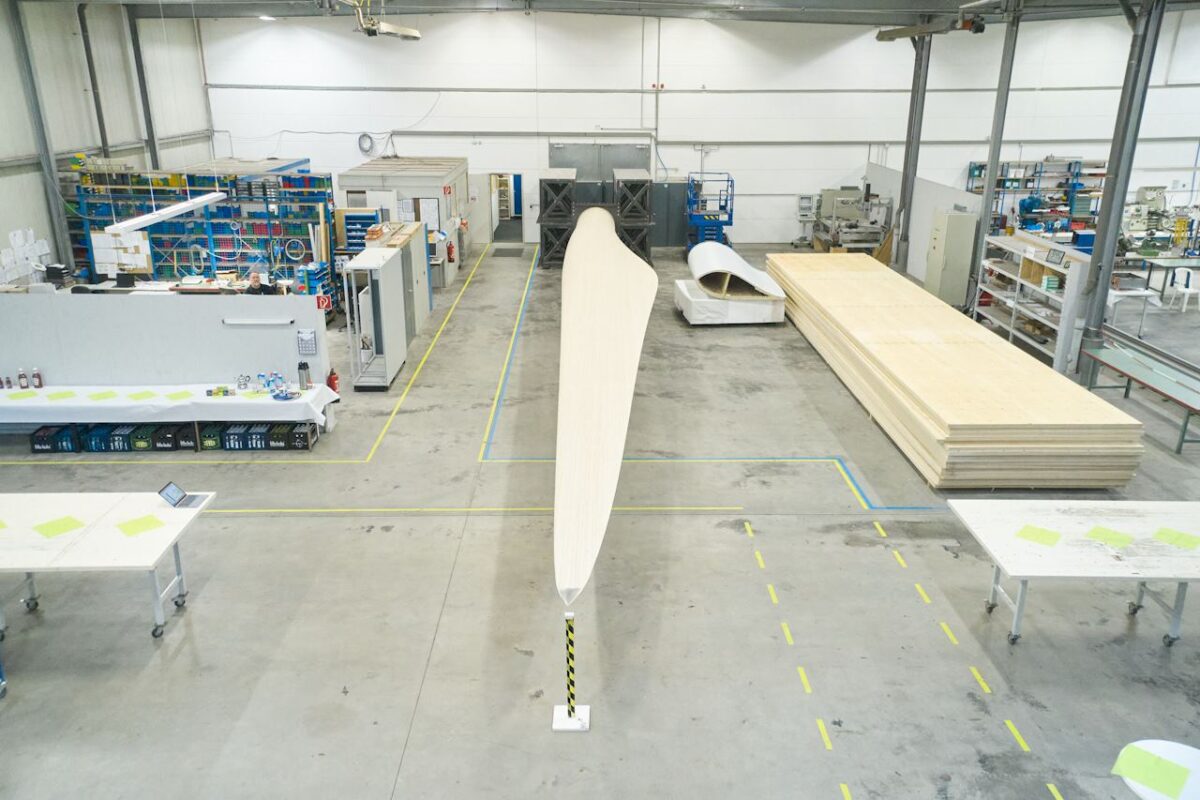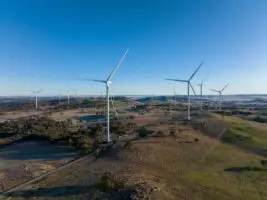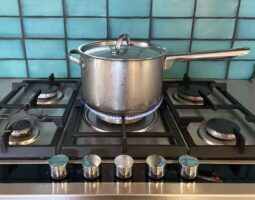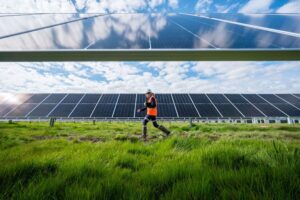The world’s first wooden wind turbine blades have been installed in Germany, which promise to be able to produce than 78% fewer CO2 emissions during construction and reduce production costs by 20% compared to current turbine blades.
Designed and manufactured by Voodin Blade Technology, a German pioneer in wind turbine blade manufacturing, the laminated veneer lumber blades are a more sustainable construction material than current materials and allows for easier recycling of decommissioned blades.
While many wind turbine blades are buried underground at the end of their useful lives, there are increasing efforts to make them recyclable. Danish wind energy giant Vestas unveiled a new method of recycling epoxy-based wind turbine blades in early 2023 that is capable of breaking down epoxy resin into virgin-grade materials.
Similarly, another Danish company, Continuum, unveiled plans in January 2023 to build six industrial-scale wind turbine blade recycling factories across Europe and began taking end-of-life blades at the end of the year.
Despite these efforts, Voodin’s laminated veneer lumber offers a completely biodegradable wind turbine blade that is nevertheless made from one of the preferred choices for structural applications.
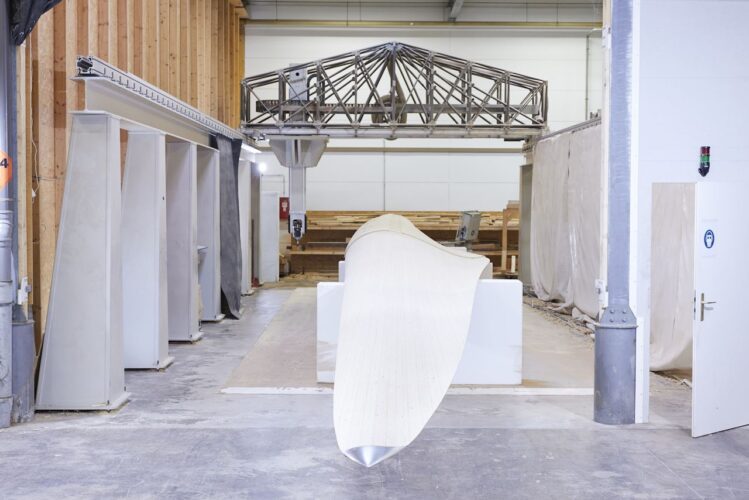
With a 20% reduction in costs and a 78% reduction in CO2 emissions, Voodin Blade Technology’s wooden blades could revolutionise the circularity of the wind energy industry.
The first 19.3-metre wooden blades have been installed on an existing wind turbine in Breuna, Germany. Voodin is also building new prototypes including bigger 60-metre and 80-metre-blades.
These wooden turbine blades are made using CNC milling machines that are particularly effective in creating complex 3D shapes, which allows for a high level of automation as no mould is needed in the manufacturing plant – another advantage over traditional fiberglass and epoxy resin blades.
According to Voodin, being able to increase the level of automation in the construction of these blades reduces the need for labour, resulting in lower labour costs and allowing for production of the blades closer to the wind farms where they will be installed, which subsequently also reduces transportation costs and emissions.
As yet another benefit of laminated veneer lumber, the blades are even more durable than currently used composite materials, able to survive in even the toughest conditions of onshore energy production.

“We have conducted hundreds of laboratory tests during the past two years to perfect the blade material,” said Jorge Castillo, co-founder at Voodin Blade Technology.
“According to all our tests, our blades are even more durable than the existing fiberglass blades, as they show fewer fatigue characteristics and are proven to endure all kinds of onshore weather conditions extremely well.”

